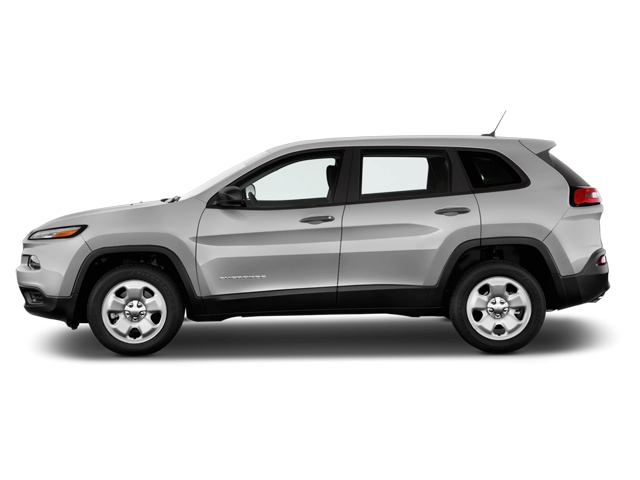2020 Jeep Cherokee Owner's Manual

Table of Contents
2020 Jeep Cherokee Overview
Introduction
The 2020 Jeep Cherokee exemplifies the perfect blend of rugged capability and urban sophistication. This midsize SUV offers a robust design, advanced technology, and exceptional versatility, making it a perfect companion for adventurers and families alike. With its trusted brand heritage, the Cherokee is engineered to tackle both off-road trails and city streets with equal confidence.
Powertrains
The 2020 Jeep Cherokee offers a choice of three efficient powertrains to cater to diverse driving preferences. The standard engine is a 2.4-liter four-cylinder that delivers a spirited 180 horsepower. For those seeking a bit more power, the available 3.2-liter Pentastar V6 engine produces 271 horsepower, ideal for towing capabilities of up to 4,500 pounds. Additionally, a turbocharged 2.0-liter four-cylinder engine is available, providing a thrilling 270 horsepower with improved fuel efficiency. All engines come paired with a smooth-shifting nine-speed automatic transmission for an enjoyable driving experience.
Trims
The 2020 Jeep Cherokee is available in several distinct trims: Latitude, Latitude Plus, Limited, Trailhawk, and High Altitude. Each trim level introduces its unique set of features; the Latitude provides functional essentials, while the Trailhawk is designed for serious off-road enthusiasts, featuring enhanced suspension and rugged tires. The Limited trim adds sophisticated luxury, while the High Altitude model brings a premium feel with distinctive finishes and advanced technology.
Features
This model is packed with modern amenities, including a user-friendly Uconnect infotainment system that supports smartphone integration via Apple CarPlay and Android Auto. Safety features are abundant, with options like adaptive cruise control, lane depart warning, blind-spot monitoring, and forward collision warning. Comfort features include available leather seating, dual-zone climate control, and an optional panoramic sunroof.
Owner's Manual
The 2020 Jeep Cherokee owner's manual is an invaluable resource, offering comprehensive information on vehicle operation, maintenance schedules, troubleshooting guides, and safety features. It ensures that owners have insight into optimizing their driving experience and maintaining the performance and longevity of their SUV.
User manual download
The Jeep Cherokee owner manual for the 2020 model year is to be found in PDF downloadable format on this page. The owner manual for the model year 2020 is free and in English, but the repair manuals are usually not easy to get and may cost more.
Manual Questions
Fill the form below and someone will help you!

